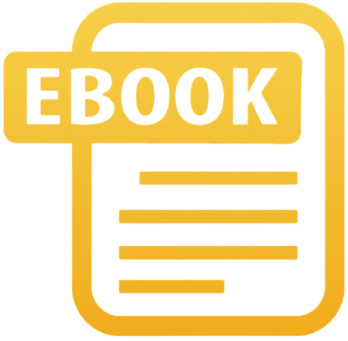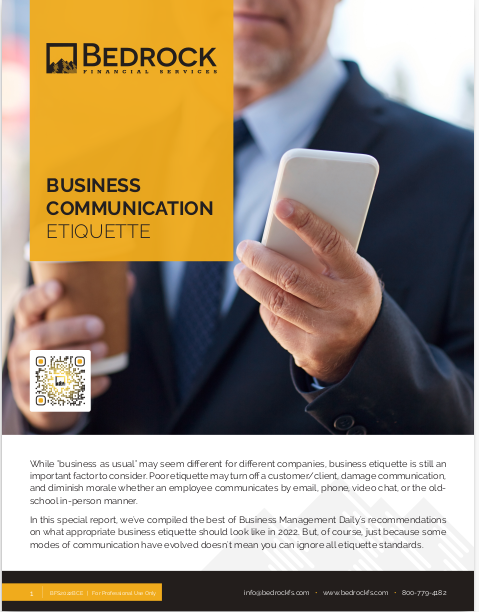Key Takeaways
-
A five-email sequence built around strategic timing and varied intent leads to consistent replies—without sounding desperate.
-
You can build trust, create urgency, and stay relevant over time by using each email to play a specific role instead of repeating the same pitch.
Why Sequences Work Better Than Single Emails
In 2025, inboxes are flooded with quick pitches, and a one-shot email rarely makes an impact. You’re not being ignored because of bad offers—it’s usually timing. Your ideal client might not be ready when you first reach out, but that doesn’t mean they won’t be interested later.
That’s where a well-paced email sequence changes everything. You stay visible without being annoying, and you’re present the moment they’re ready to take action. The right sequence doesn’t chase—it builds value and curiosity until they lean in.
The Structure of a Five-Email Sequence That Feels Human
You’re not here to spam. You’re here to start a conversation with someone who could actually benefit from what you offer. Let’s break down what each of the five emails should do.
1. The Opener: Plant the Seed
This email introduces you and the reason for your outreach—but without a hard pitch. It’s your opportunity to speak to a problem you know your audience faces and to let them know you have thoughts on how to help.
What to include:
-
A personalized greeting
-
A short sentence about who you are
-
A soft acknowledgment of their current situation
-
One insightful observation or question that hints you understand their challenges
-
A sign-off that invites—but doesn’t push for—a reply
Timing: Day 1
2. The Proof: Show You’re Not Just Guessing
You’ve introduced yourself. Now it’s time to show them why your email wasn’t a random shot in the dark. Prove that you understand their world—and that you’ve seen results for people like them.
What to include:
-
A brief story or general insight from someone in a similar situation (no names or brands)
-
A statement of what changed for them after working with a professional
-
A subtle mention of what kind of results are possible
-
A soft CTA, like “Would it make sense to talk about what this could look like for you?”
Timing: Day 4
3. The Reframe: Add a New Angle
By now, they know who you are. They’ve heard a benefit. But they might still not be sure if now is the time. This email helps shift their thinking by reframing their hesitation into a bigger opportunity.
What to include:
-
A fresh insight about something they might be putting off
-
A consequence they may not have considered
-
A small action they can take now (reading, replying, or answering a quick question)
-
A nudge, not a push: “Curious what you think about this?”
Timing: Day 8
4. The Reminder: Stay Present Without Pressure
They haven’t replied. That doesn’t mean they’ve said no—it means they’re busy. This email acts like a polite knock, reminding them you’re still around, without sounding irritated or pushy.
What to include:
-
A light-hearted tone or polite check-in
-
A short recap of what you’ve shared so far
-
An open-ended question to see if timing is better
-
A clear subject line that signals the email is brief
Timing: Day 12
5. The Close (For Now): Leave the Door Open
The final email doesn’t grovel, plead, or pressure. It simply acknowledges that now might not be the right time—and offers a chance to reconnect later. This is where you can earn long-term respect and future replies.
What to include:
-
A sincere message saying you don’t want to keep emailing if now’s not right
-
An offer to stay in touch for later
-
A link to book time or reply when ready
-
A friendly tone that invites, but never pushes
Timing: Day 18
What Makes This Sequence Effective
This approach works because it’s built on human psychology, not just sales tactics. Here’s why the sequence gets replies:
-
It respects timing. You give space between messages, which keeps you from sounding needy.
-
It varies intent. Each email does something different: offer, insight, proof, reminder, and release.
-
It builds a relationship. Even without replies, each message adds a little more familiarity.
By the time someone is ready, you’re not a stranger—you’re someone they remember.
How to Write Without Sounding Like Everyone Else
Even if you follow the structure perfectly, tone matters. People can sense desperation. They can also spot templates from a mile away. To stand out, you need to sound like you.
Here’s how:
-
Avoid hype words. Cut phrases like “game-changing” or “transformational.” Use simple, specific language.
-
Don’t ask for 15 minutes. Instead of pushing a calendar link too soon, ask a thoughtful question that gets them thinking.
-
Be brief—but not robotic. Keep it under 150 words, but write like a person, not a bullet list.
-
Use curiosity over claims. Ask questions that make them want to respond.
How Long Should You Wait Between Emails?
In 2025, most prospects are juggling 20+ marketing emails a day. Spacing your messages correctly helps you stay seen—without becoming background noise.
-
Wait 3 days after the first email.
-
Then send emails every 4 days after that.
-
If you get no response after 5 emails, pause outreach for at least 3 weeks.
This pacing gives you time to stay top-of-mind, without becoming a hassle.
Common Mistakes That Kill Replies
You might have great content but still get ignored if you slip into any of these traps:
-
Repeating the same message. If every email says the same thing in different words, you’ll be archived quickly.
-
Being vague about your offer. You don’t have to list everything—but give them something specific to react to.
-
Sending emails too close together. Two days apart can feel aggressive unless you’re replying to their response.
-
Ending every email with “Let me know if you’re interested.” It sounds passive and puts all the burden on them.
Automating Without Losing the Human Touch
Using automation in 2025 isn’t the problem—bad automation is. If your emails feel like they came from a machine, they won’t get replies. But a good system just helps you stay consistent.
Here’s how to keep it human:
-
Use first names, but also customize 1–2 lines that reflect the reader’s industry or situation.
-
Change subject lines across the sequence to match the intent of each email.
-
Set your CRM to stop the sequence automatically if someone replies—nothing ruins momentum like ignoring a response.
Email Replies Start with Sequences Like This
If you’re still relying on single outreach emails or writing follow-ups by gut instinct, you’re leaving replies (and revenue) on the table.
This five-email sequence offers a reliable foundation to turn cold leads into conversations—without resorting to pressure or gimmicks. It earns attention, builds trust, and gives prospects an easy path to respond when the time is right.
Let’s be honest: you don’t need louder emails. You need smarter ones.
And if you’re looking for more tools, automation, and training to support your outreach, sign up at Bedrock Financial Services. We help independent insurance professionals like you grow with less stress and better results. Our CRM automation, lead systems, and outreach tools are all built with agents in mind.







